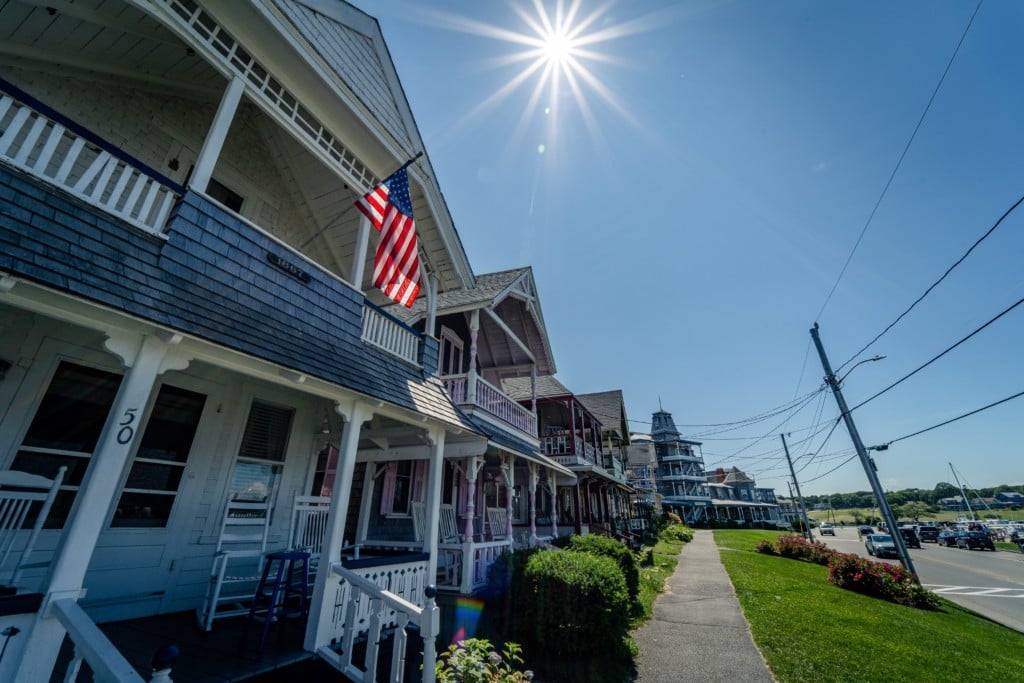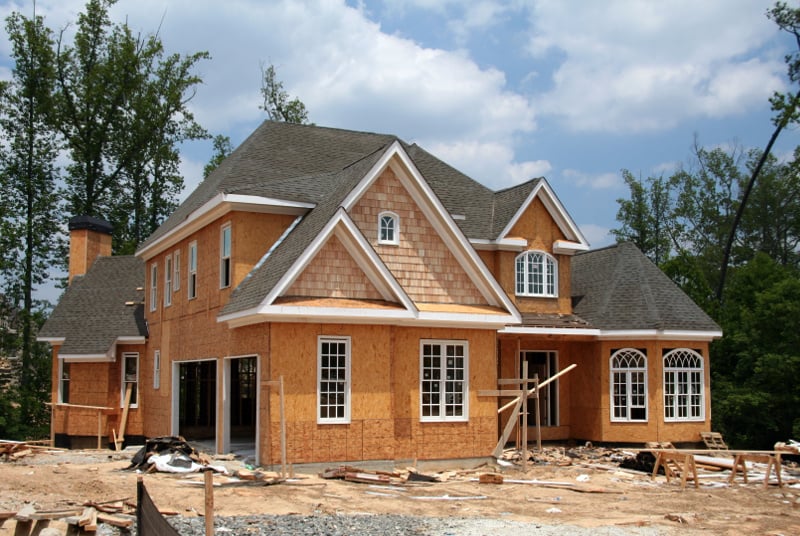More than 70% who bought a home in the last year feel it was a good decision and nearly half wish they had moved sooner
SANTA CLARA, Calif., May 26, 2021 — Despite the frenzied nature of today’s housing market, prompting conversations about buyer’s remorse, more than two-thirds of pandemic homebuyers have found happiness in their new home, according to a new Realtor.com® survey released today. Those surveyed say their new home better fits their family’s needs and wish they moved sooner.
Realtor.com® surveyed 1,000 homeowners who purchased a new home during the last 12 months between March 26 – April 7 via HarrisX. In the face of the last year’s obstacles, including a competitive housing market and limitations on open houses and showings, 71% of those surveyed feel buying was a good decision and 75% say their new home meets their needs.
“Most of us spent more time at home during the pandemic than ever before. So it’s no surprise that it changed what many people want from their homes and neighborhoods, and created a greater sense of urgency to find a home that satisfied those needs,” said George Ratiu, senior economist, Realtor.com®. “With the number of available homes for sale in short supply, buyers didn’t have many choices over the past year, or a lot of time to consider their options in a very competitive market. However, as our survey shows, pandemic buyers generally feel good about the choices they made, and while the homebuying process itself is stressful, new homeowners feel their new homes meet their needs and do not regret the choices they made.”
Finding happiness in a new home
More than half (55%) of the homeowners surveyed found a new home that is exactly what they need for working or schooling from home.
However, even more are satisfied with elements of their new home that are important to everyday life during and after the pandemic. When asked how they feel about their home, neighborhood and area, more than 70% of new homeowners report feeling “happy.” Based on their reported satisfaction, 45% of new homeowners wish they had moved sooner, while only 19% say they should have waited.
Not rushed, on-budget, and no regrets
Three-quarters of the new homeowners surveyed were planning to buy prior to the onset of COVID, while the remaining quarter decided to purchase because of the pandemic. With pandemic buyers in many regions having to do more of their home search virtually and the need to make quick decisions, buyer’s remorse could have been a common outcome.
Despite the frenzy, buyers have no regrets when it comes to how quickly they made their purchase and how much they paid. Less than one-third said they wished they’d spent more time on their home search before buying and nearly half (48%) did not feel rushed or pressured into making a home-buying decision. They also didn’t feel as if they overpaid, with 61% of those surveyed reporting that the purchase price of their new home was either at or under their original budget.
Prioritization is key in a fast-paced market
With a lack of available inventory and homes selling at record pace and prices, buyers not only need to move quickly, but they have to be prepared to compromise. Trade-offs are an inevitable part of the process, especially for first-time buyers who don’t have equity from a previous home sale to use as a down payment.
“Buying a home is the biggest financial decision most people make and, while there’s pressure to move more quickly, especially today, it’s not a decision you want to make lightly,” said Lexie Holbert, home and living expert at Realtor.com®. “Nothing in life is perfect, and a new home is no exception, so compromises are always part of the buying process. The best place to start is with a budget, and from there you can prioritize what’s important to you. Is it square footage, number of bedrooms, outdoor space or location? Once you have an idea of what’s most important, you’re ready to make confident decisions.”
Home shoppers who use Realtor.com® can find tips on how to compete in today’s market on its News & Insights site and Home Made blog. Users also can download the Realtor.com® Real Estate app to sign up for custom search alerts that notify them about new listings in their desired area and price drops on saved homes so they know as soon as a home that matches their criteria hits the market.
Methodology: Realtor.com® commissioned HarrisX to conduct a national survey of consumers. This survey was conducted online within the United States from March 26 – April 7, 2021. The survey was conducted among 3,998 adults by HarrisX. The sampling margin of error of this poll is plus or minus 1.6 percentage points. The results reflect a nationally representative sample of adults. Results were weighted for age, gender, region, race/ethnicity, and income where necessary to align them with their actual proportions in the population. In addition to the general population, an oversample was collected for new homeowners. The oversample was weighted to align with the original sample. There are 1,000 new owners who bought a home in the last 12 months with a margin of error of plus or minus 3.1 percentage points.
To view the original article, visit REtechnology.com




